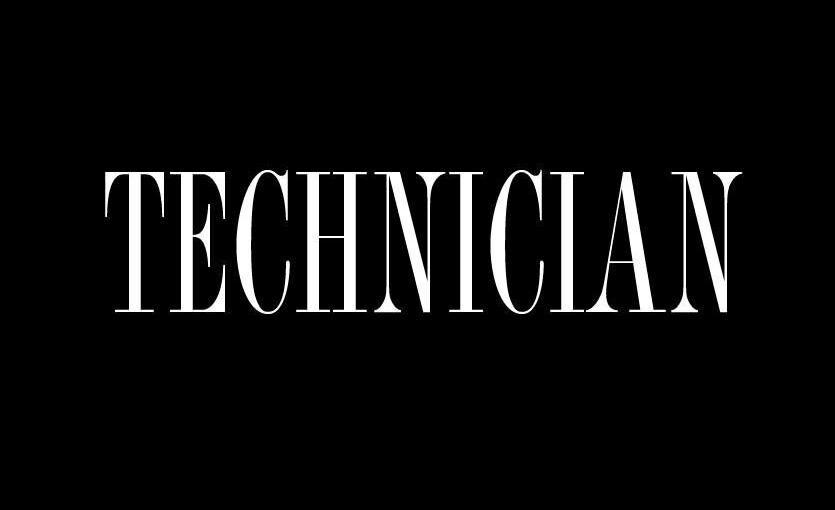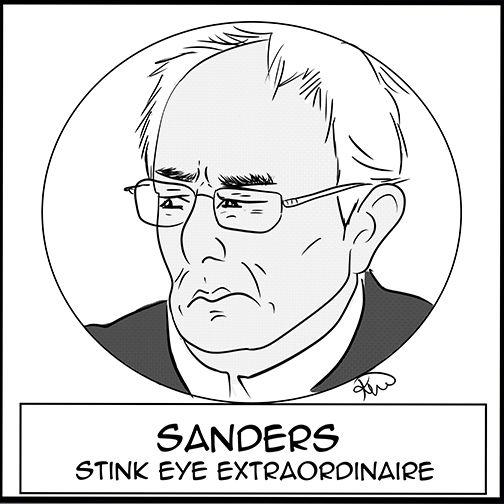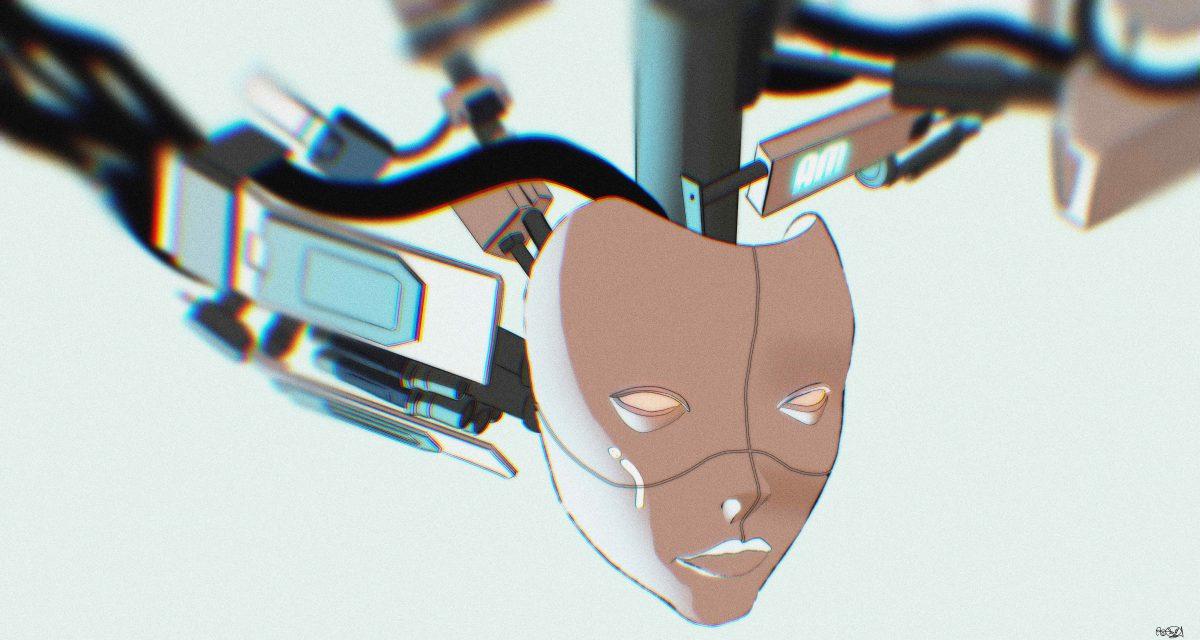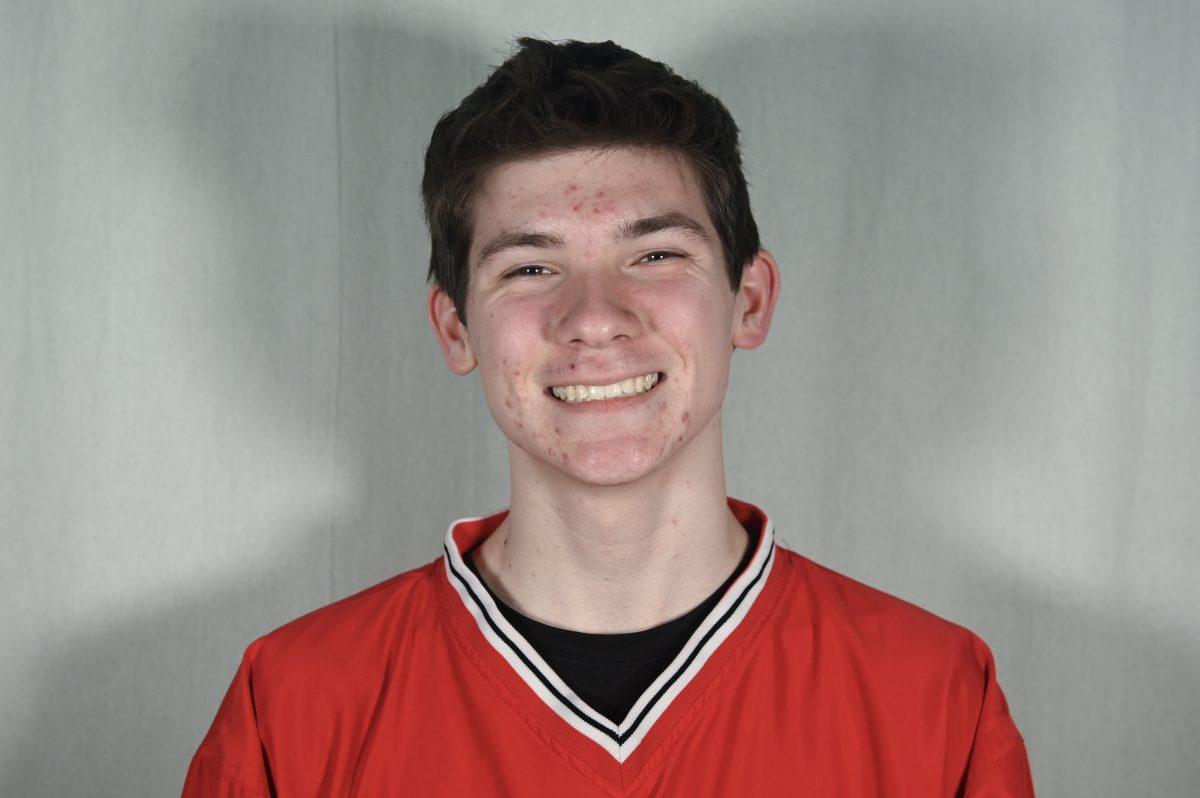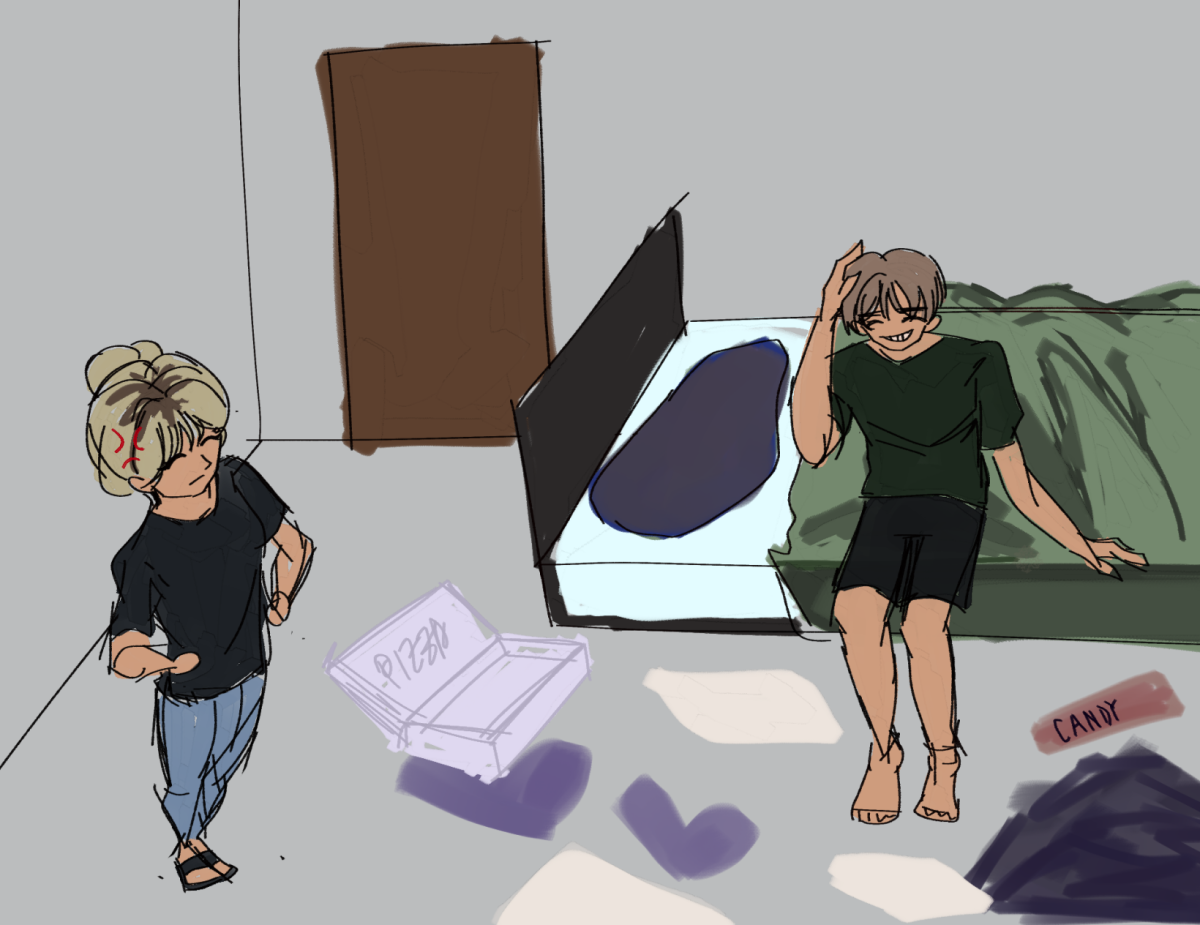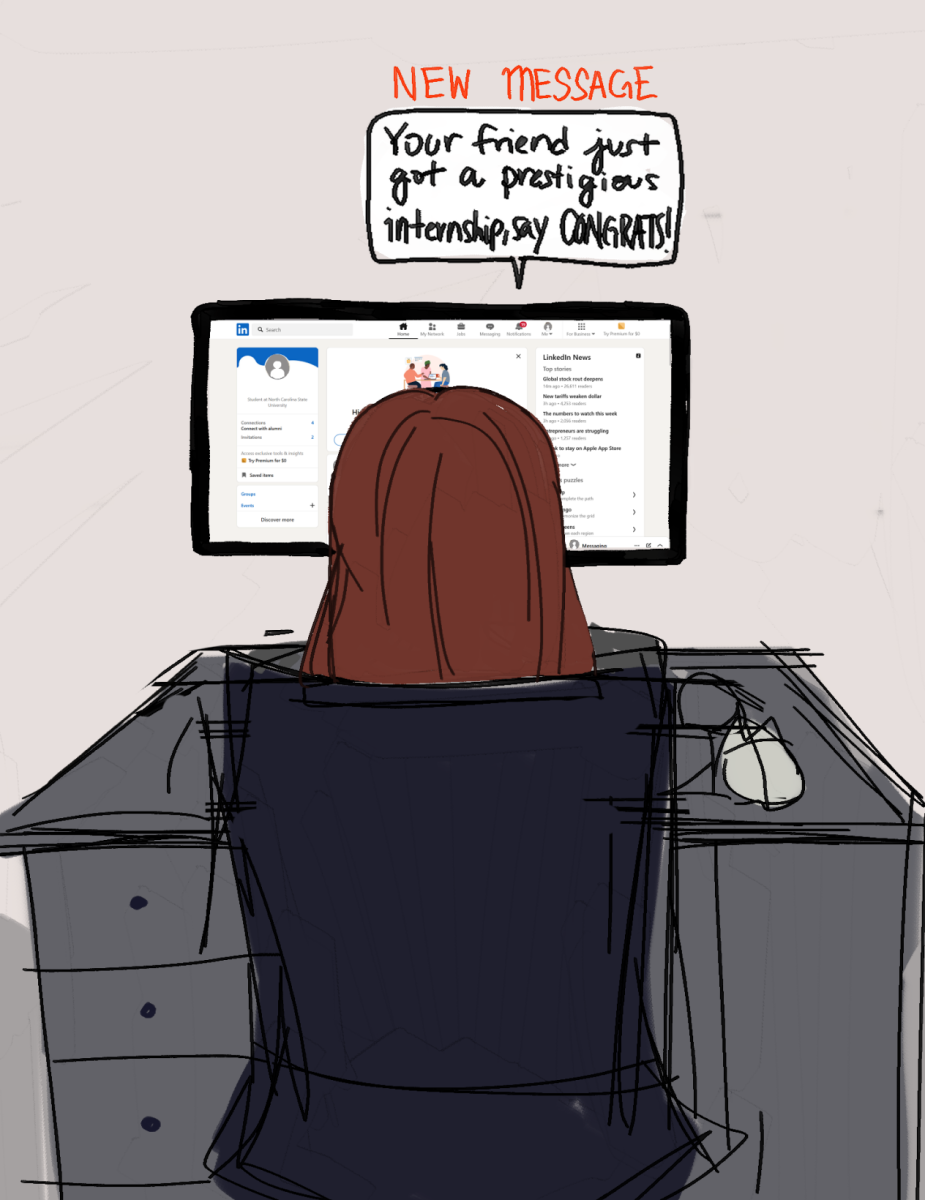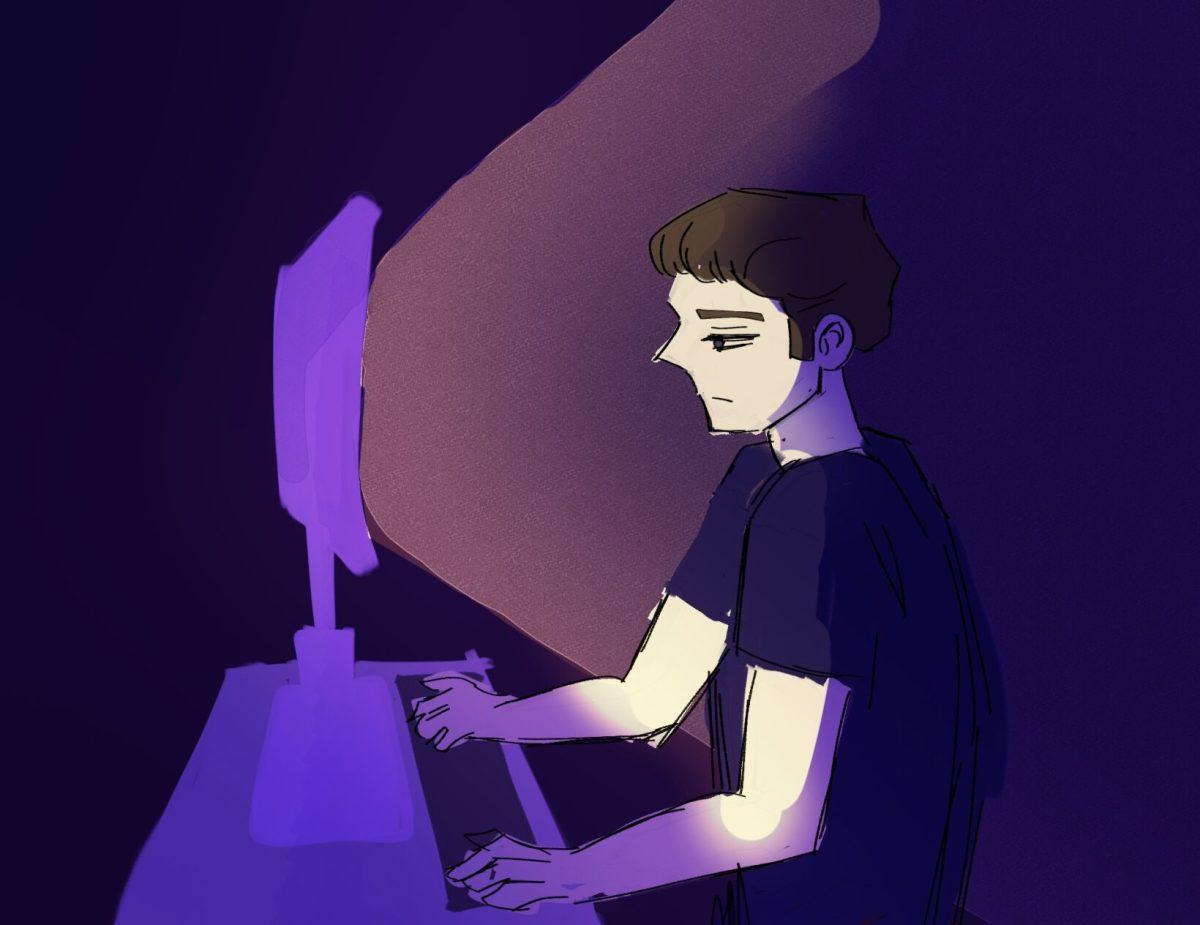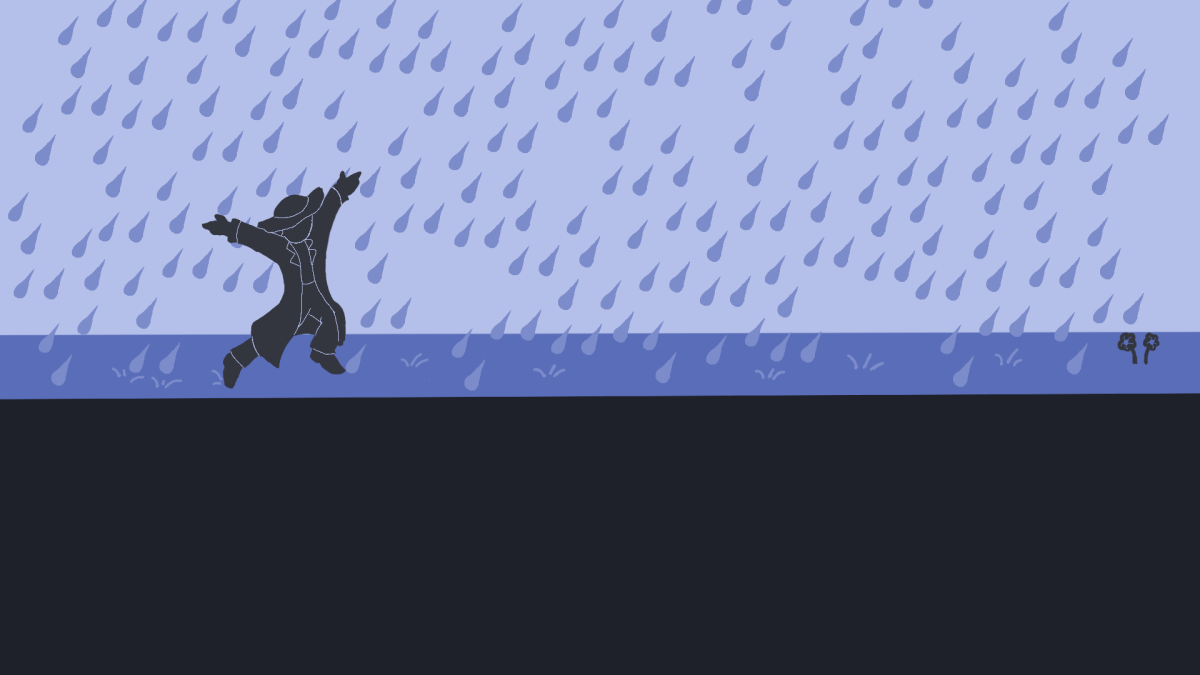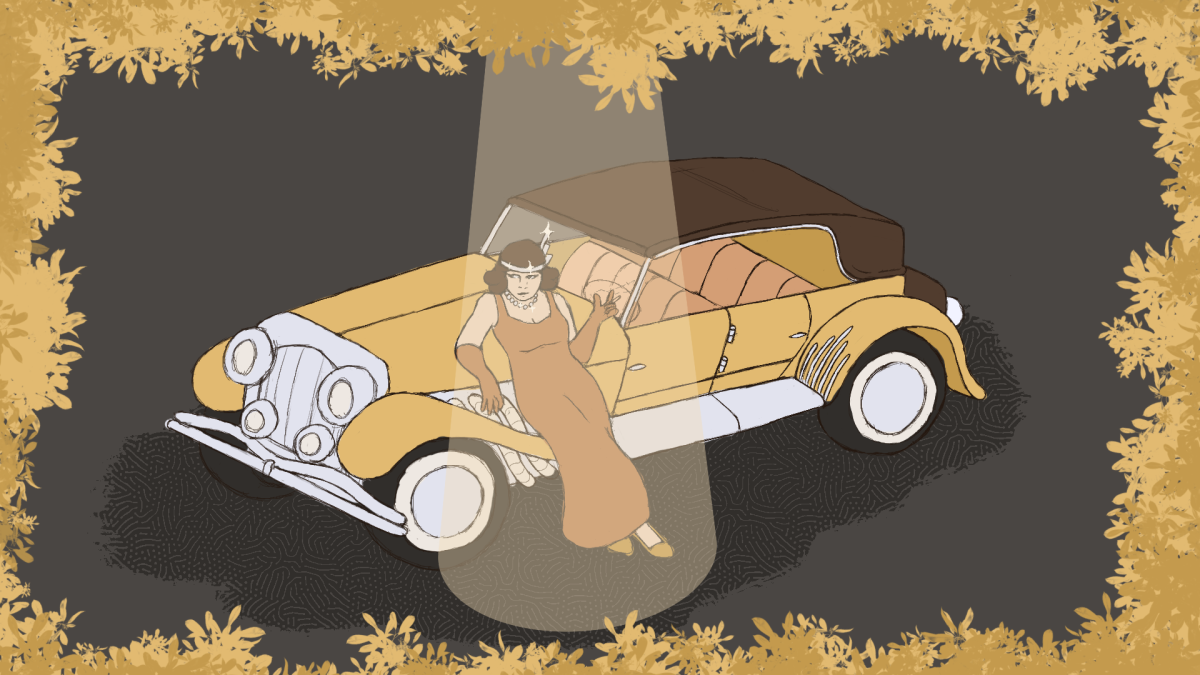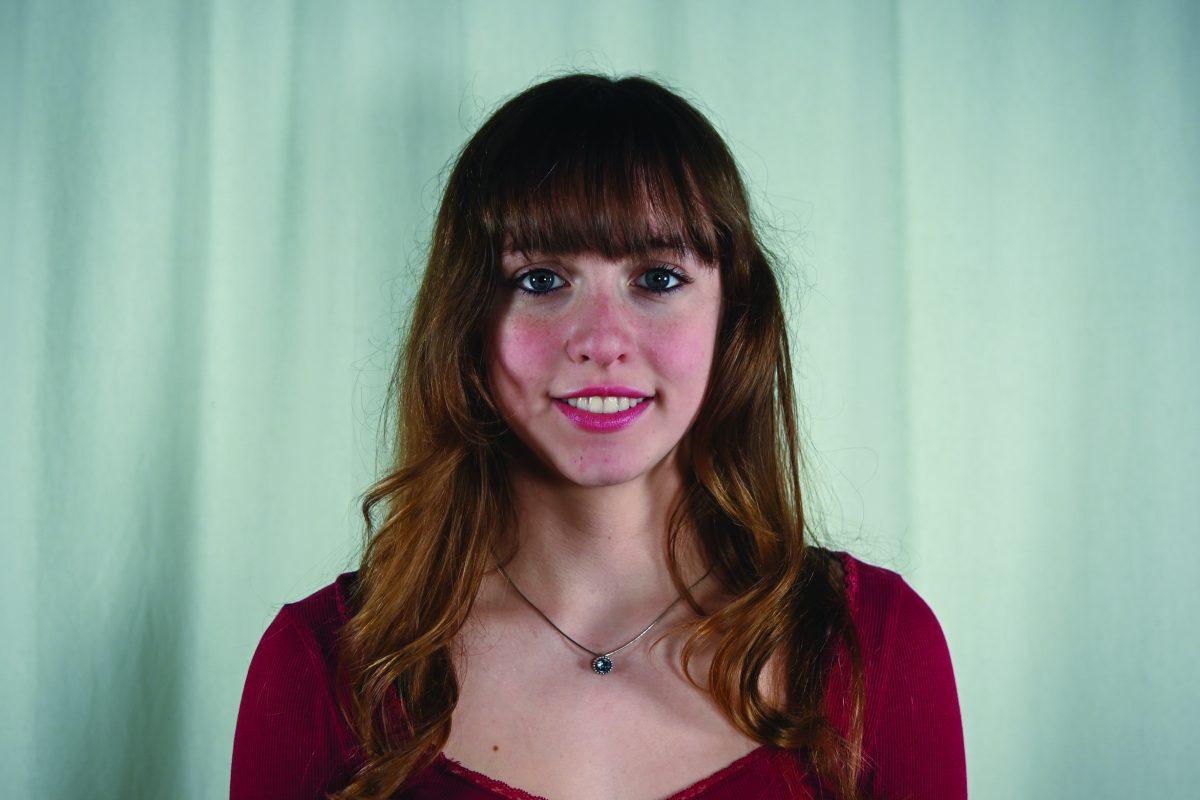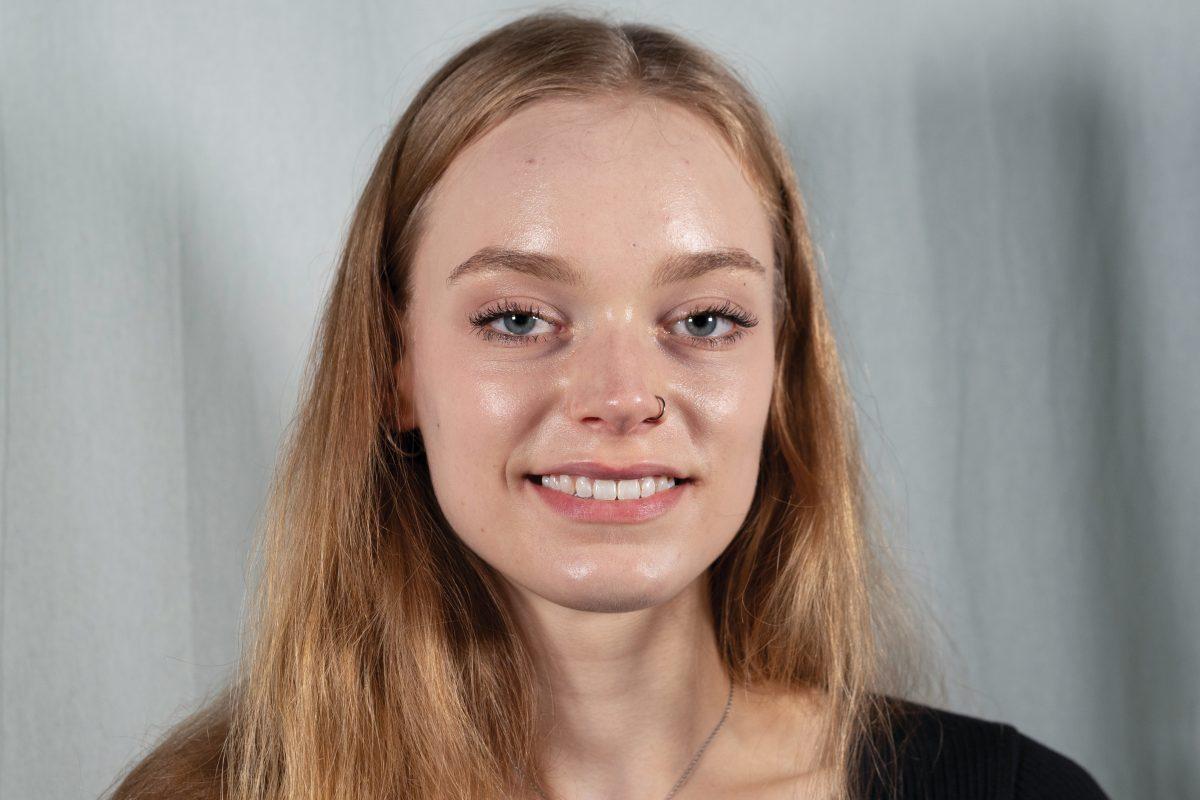During the Democratic presidential debate Jan. 17, the take-away point was not any of the political ideas that excited voters, and it was not anything that any of the three candidates said — instead, the thing talked about and heavily reported on after the nationally viewed event was Bernie Sanders’s “side-eye.”
The side-eye is the simple shift of the eyes that expresses a whole range of negative feelings, from annoyance to loathing. It’s a bit like an eye-roll, but less stigmatized.
In a weird way, Sanders’s side-eye makes him more relatable, someone equally prone to annoyances with an inability to express his full contempt.
The “side-eye” culture is one in which people would rather scowl than enunciate what exactly makes them scowl, a culture where having a bad attitude is praised and celebrities are celebrated for all the “shade” they throw by just averting their eyes in a certain direction. Side-eye culture is one of inaction, one based on a gut-reaction and a culture based on a whole lot of underhanded comments, petty eye rolls and unresolved conflicts. It is truly a bizarre interpersonal communication phenomenon.
But no — we are not alone. We see side-eye in everything from medieval art to dogs, from stills of old Western film to elderly monks worshipping. We have successfully now transformed a multitude of different time periods and cultures, through the work of clever memes, into a copy and paste version of our own culture. The world is senseless without our modern western perspective.
The side-eye is celebrated by young people — by high school students, college students and young adults. This defiant, yet standoffish approach to showing displeasure represents the often powerlessness perspective this group of people has in the face of potential unemployment and in the face of striking out in a world that still heavily relies on the values of their parents’ and grandparents’ generations and not their own. It is refreshing and exciting to see famous and successful people give the side-eye and show that they too cannot express what they truly feel. This impotence becomes universal through the clever workings of Photoshop.
Non-aggressive aggression is epidemic, and side-eye is the symptom. A lack of a “go get it” attitude or a proactive approach to communication shows that many feel inept in verbal expression. Instead of saying what needs to be said, we fall back on our sense of politeness and poorly masked contempt. The side-eye is the least committed display of scorn that exists. We’d rather have hands-off disdain than speak up about problems.
More significantly, when you start a protest, or say something, or take an active stance on defending what you believe to be right, you are “doing too much;” you are making people uncomfortable, and you are disrupting this “side-eye” philosophy of the world where people attempt to preserve all social order and that people cling to out of self-interest.
We value this propensity to react that is so very much degraded from the reactions that are needed. The side-eye contradicts our ability to enact change and it makes aggression so small scale that being offended by it is perceived to be ridiculous.
“Micro-aggressions” is a buzzword that is scoffed at and labeled a symptom of an easily offended and even silly generation. However, this is more often than not the scale of aggression that is commonly experienced. Absolutely larger scale things still occur and individuals continue to face very serious intolerances, but for the most part, micro-aggressions are experienced at high levels. Our excess and materialism grows while our ability to communicate issues becomes very small. Now, we show derision through micro-aggressions, and we communicate through the side-eye.
The latest Democratic presidential debate really showed voter apathy. Viewers, surely in an attempt to be somewhat informed, in the end, cared very little for what was said and much more on the spectacle of an angry glance on camera. A single glance to the side seems to be helping Bernie Sanders’s polling. A single glance to the side seems to be dominating pop culture.
Katherine Waller is a junior studying English.

